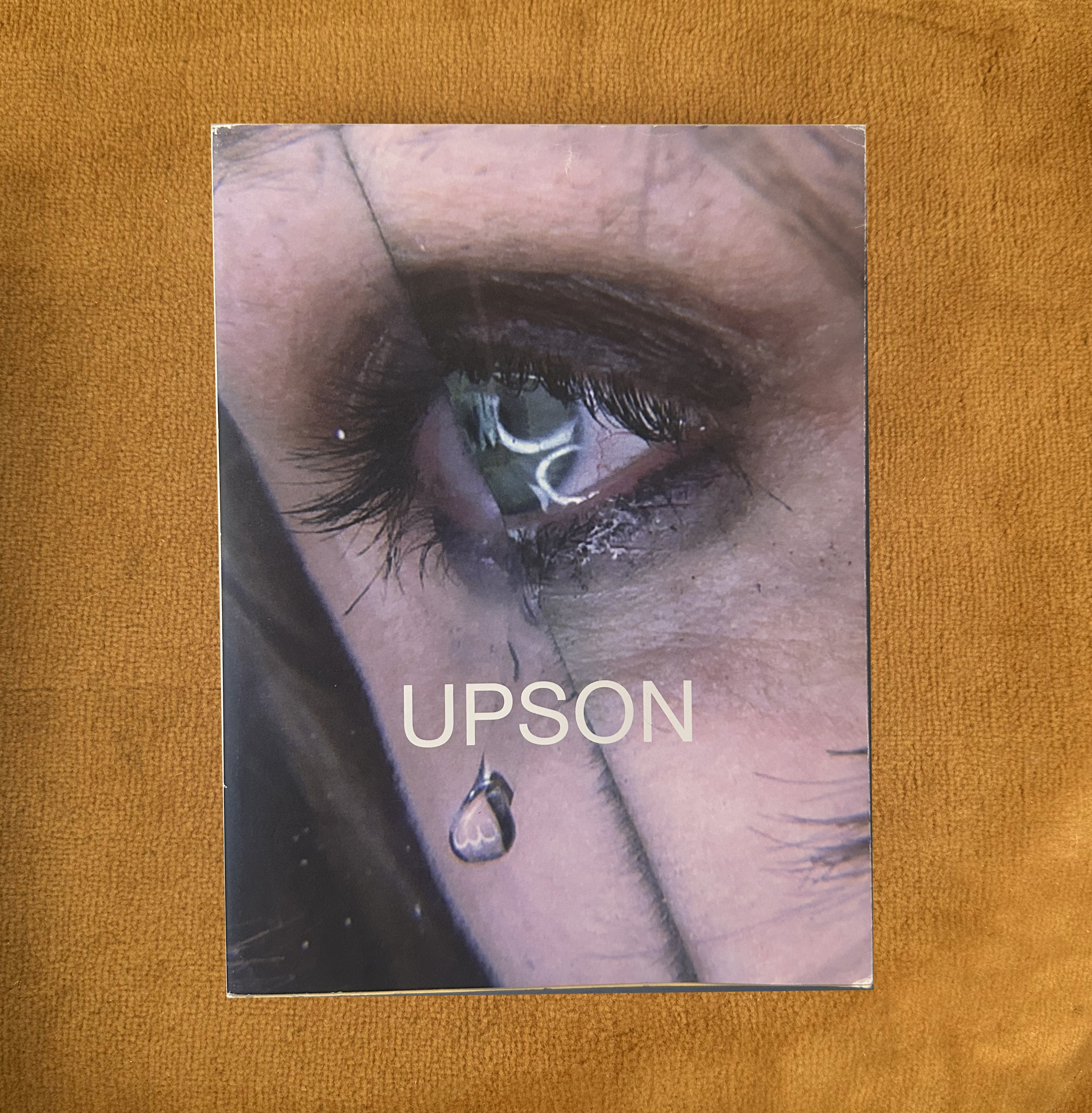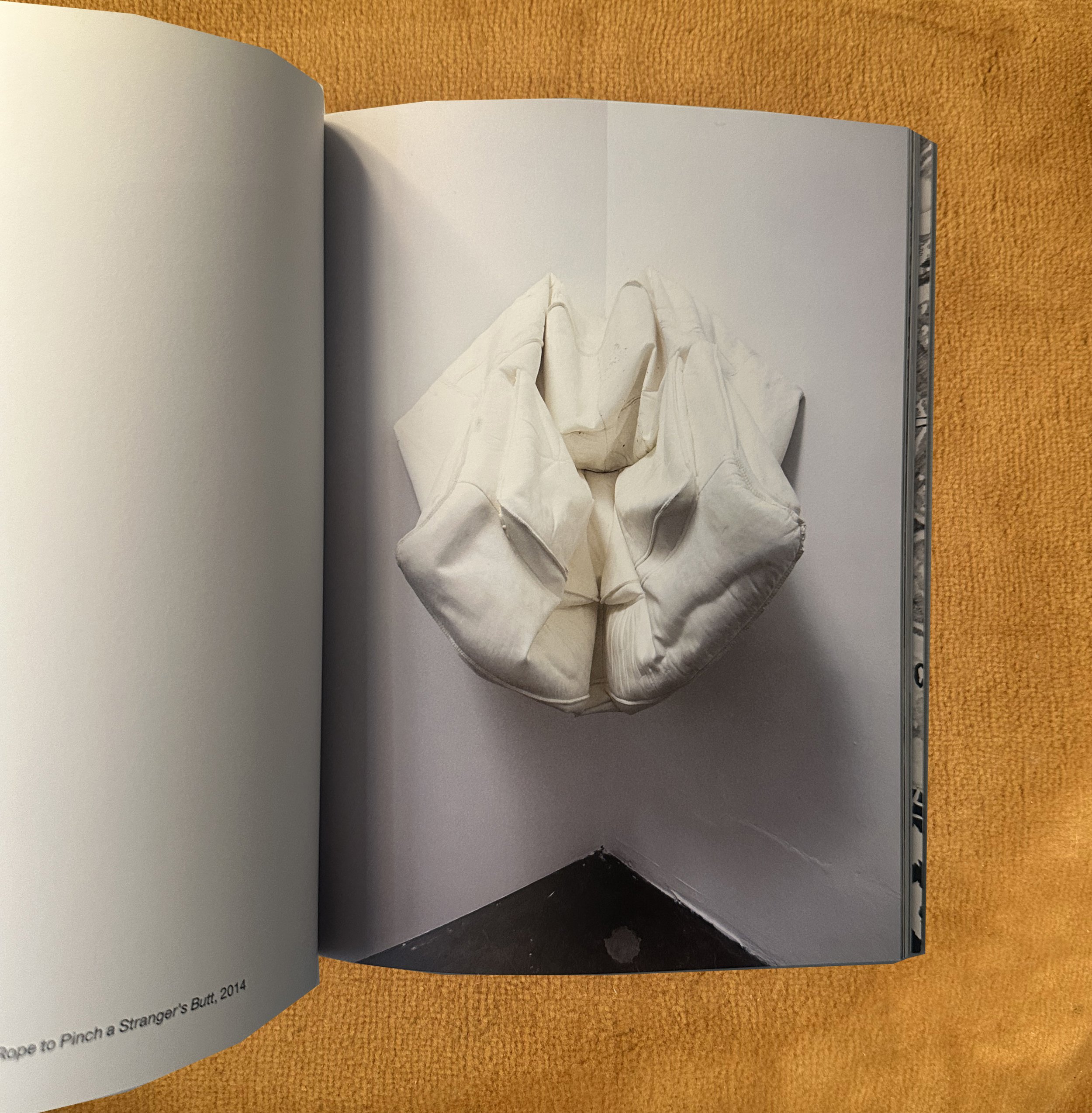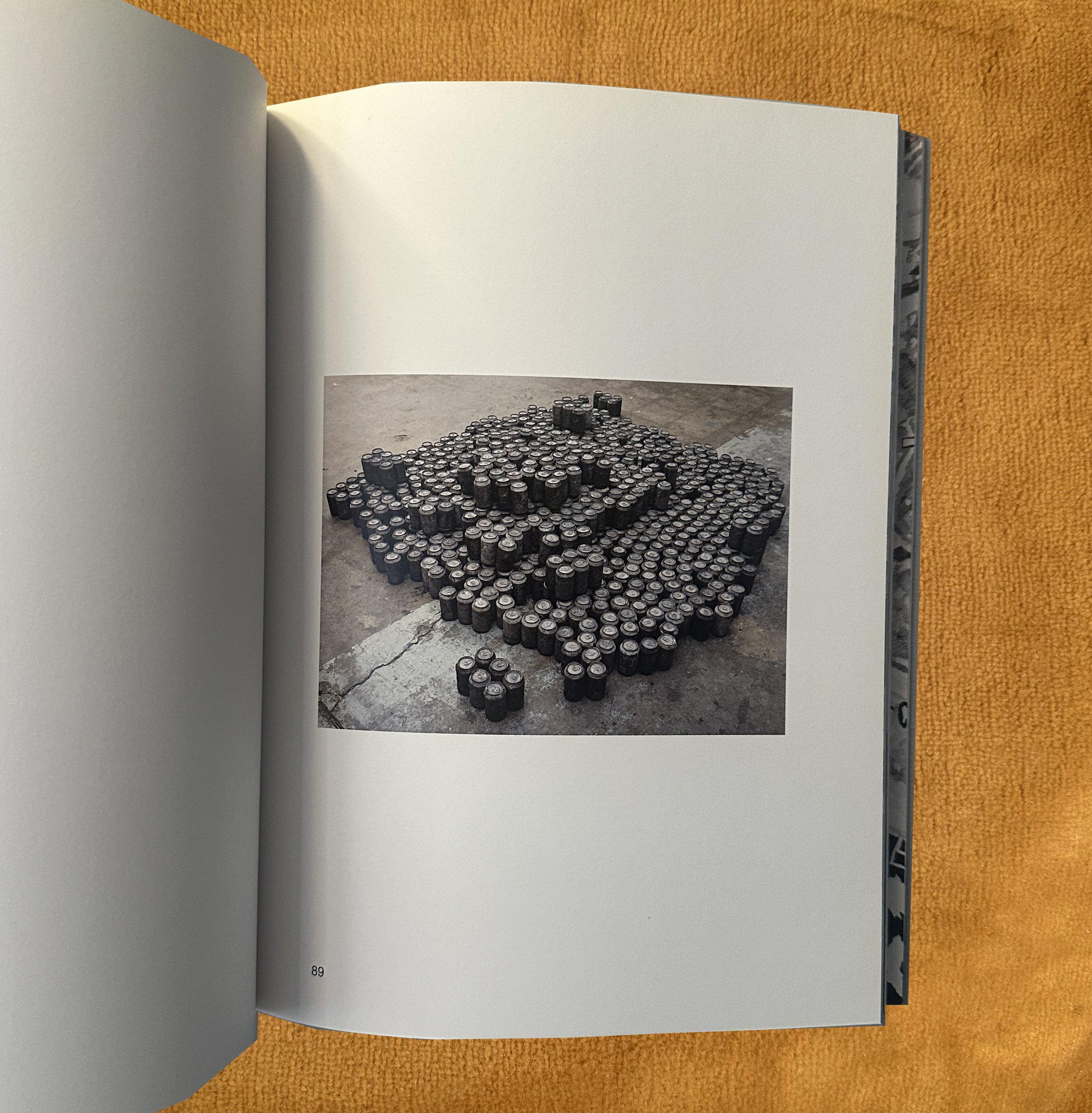


Kaari Upson Good Thing You Are Not Alone
Publisher: New Museum First Edition 2017
Format: Softcover with French flaps | 152 pages
Kaari Upson: Good Thing You Are Not Alone is the definitive monograph on one of the most psychologically intense and genre-defying artists of the 21st century. Published on the occasion of Upson’s first New York museum survey at the New Museum in 2017, this volume offers a comprehensive view of her singular and haunting practice spanning drawing, sculpture, installation, performance, and video.
At the center of Upson’s work is her exploration of memory, identity, and the American psyche. Her most iconic series, including The Larry Project and The House, delve into constructed personal histories, suburban trauma, and familial decay. Using silicone, latex, graphite, and found objects, Upson’s sculptures and drawings operate like unearthed psychological artifacts seductive, grotesque, and emotionally raw.
The book features essays by exhibition curator Margot Norton, writer Lars Bang Larsen, and art historian Jamieson Webster, alongside a conversation between the artist and curator Heinz Peter Schwerfel. Richly illustrated with full-color plates and archival material, this catalog serves as both a tribute and an essential resource on Upson’s profoundly affecting work.
Publisher: New Museum First Edition 2017
Format: Softcover with French flaps | 152 pages
Kaari Upson: Good Thing You Are Not Alone is the definitive monograph on one of the most psychologically intense and genre-defying artists of the 21st century. Published on the occasion of Upson’s first New York museum survey at the New Museum in 2017, this volume offers a comprehensive view of her singular and haunting practice spanning drawing, sculpture, installation, performance, and video.
At the center of Upson’s work is her exploration of memory, identity, and the American psyche. Her most iconic series, including The Larry Project and The House, delve into constructed personal histories, suburban trauma, and familial decay. Using silicone, latex, graphite, and found objects, Upson’s sculptures and drawings operate like unearthed psychological artifacts seductive, grotesque, and emotionally raw.
The book features essays by exhibition curator Margot Norton, writer Lars Bang Larsen, and art historian Jamieson Webster, alongside a conversation between the artist and curator Heinz Peter Schwerfel. Richly illustrated with full-color plates and archival material, this catalog serves as both a tribute and an essential resource on Upson’s profoundly affecting work.
